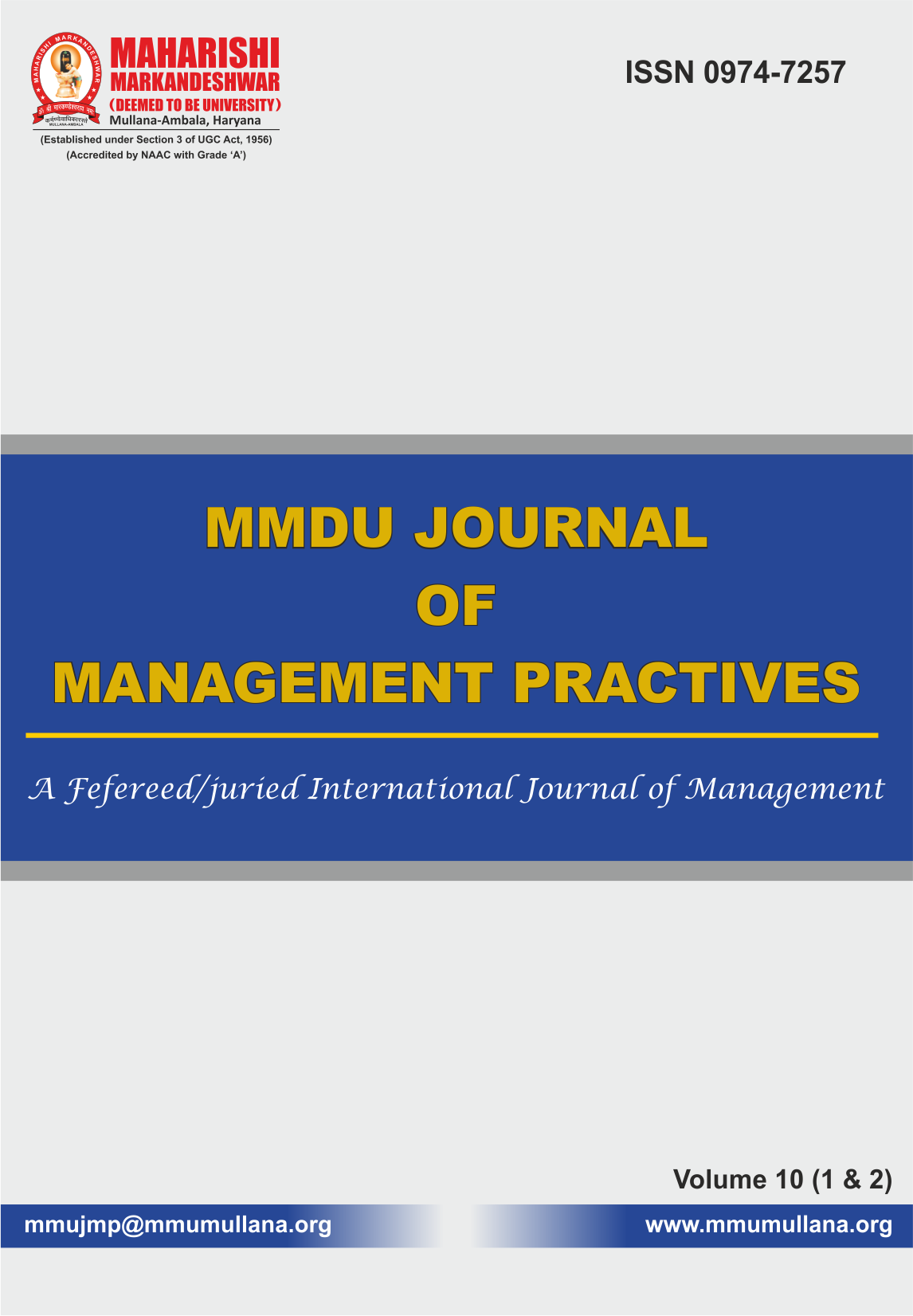E-commerce: Opportunities and Challenges
Abstract
Today e-commerce is another name for cutting edge business. E-Commerce stands for
electronic commerce. As the name suggests e-commerce is dealing in goods and
services through the electronic media and internet. On the internet, it simply relates to
a website of the vendor, who sells products or services directly to the customer from the
portal using a digital shopping cart or digital shopping basket system and allows
customer to make payment through credit card, debit card or EFT (Electronic fund
transfer) payments. E-commerce or E-business involves carrying on business
transactions with the help of the internet and by using the information technology like
Electronic Data Interchange (EDI). In layman words, E-Commerce is the movement of
business onto the World Wide Web. E-Commerce has almost overnight become the one
of the most dominant online activity. No single definition can be give in regard of ECommerce,
it means only commercial activity or transaction which is performed or
linked and supported by Electronic Communication. The effects of e-commerce are
already appearing globally in all areas of business, no field is left untouched from ecommerce
then it hardly mater whether it is customer service to new product design. It
facilitates new types of information based business processes for reaching and
interacting with customers which include online advertising and marketing, online
order taking and online customer service. In now days E-commerce uses the www at
least some point in transaction lifecycle. It has also reduce costs in managing orders and
interacting with a wide range of suppliers and trading partners, areas that typically add
significant overheads to the cost of products and services are now reduce to large
extent. For developing countries like India, e-commerce offers considerable
opportunity. In India it is still in nascent stage, but even the most-pessimistic
projections indicate a boom. There has been a rise in the number of companies' which
has actively use e-commerce in order to increase their sales and to provide best
customer services to their customers. Major Indian portal sites have also shifted towards
e-commerce instead of depending on advertising revenue as it has emerges is one of
cheapest and effective source of product promotion. Many sites are now selling a
diverse range of products and services from flowers, greeting cards, and movie tickets
to groceries, electronic gadgets, and computers, etc by use of ecommerce only. With
stock exchanges coming online the time for true e-commerce in India has finally
arrived. In other words E-commerce refers to those transactions which are done online.
The biggest reason for using E-commerce is its multiple benefits that consumer's gets in
form of availability of goods at lower cost, wider choice and its time saving feature. Ecommerce
can be broadly divided into two parts E-merchandise and E-finance.
E-Commerce transaction is done by using various technical devices like: telephone, fax,
e-payment, money transfer systems, e-data interchange and the Internet.
This research paper is conclusion of various reviews of experts that had carried out their
research on E-commerce. This paper put light on various opportunities that are
prevailing in today's scenario for e-commerce. This paper will also put emphasis on
overall growth of e-commerce industry in India from 2010 to 2015.
Along with this paper will specify the various key challenges that e-commerce industry
has to face in developing country like India.
Full Text:
PDFRefbacks
- There are currently no refbacks.
Copyright (c) 2019 Mmu Journal Of Management Practices
Website Designed & Developed: IT Cell, MM(DU), Mullana





